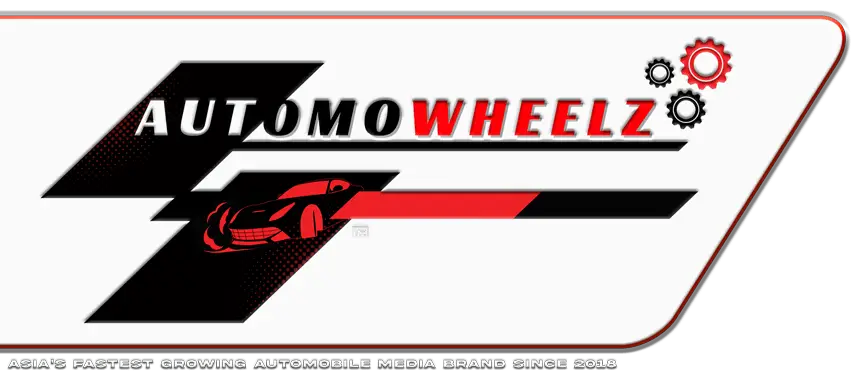Understanding Car Rust – The Basics
Car rust is a form of corrosion that affects the metal components of a vehicle, primarily caused by a chemical reaction between iron, moisture, and oxygen. This process, known as oxidation, occurs when the protective paint layer on a car is damaged, exposing the underlying metal to environmental elements. Over time, rust can weaken the vehicle’s structural integrity, leading to more severe damage if not addressed as a primary concern.

There are primarily three types of rust that can develop on a vehicle over time; The first type is known as surface rust, which appears as reddish-brown spots on the metal surfaces. This type of rust typically forms when paint chips or scratches expose the metal, allowing moisture to seep in. While surface rust can be removed with proper treatment, if left unattended, it can progress to the second type, known as scale rust, which penetrates deeper into the metal.

The most severe form of rust is known as penetrating rust, which occurs when corrosion has advanced significantly, compromising the metal’s structure. This type of rust is often seen in areas that are consistently exposed to moisture, such as wheel wells and underside components. Environmental conditions play a critical role in the advancement of rust formation. Factors such as humidity, salt from road treatments during winters, and pollutants in the air can significantly increase the likelihood of rust developing on a vehicle.
To effectively prevent car rust, it is essential to understand not only what rust is but also how it develops. Regular maintenance, including washing the undercarriage during winter months and applying protective coatings, is fundamental in mitigating the risks associated with rust.
Common Causes of Car Rust
Car rust is a pervasive issue faced by many vehicle owners, resulting from various environmental factors and maintenance practices. By staying informed about the types of rust and their development processes, vehicle owners can take proactive measures to protect their automobiles from this damaging phenomenon.

1. Prolonged Exposure to Moisture
The primary cause of rust in vehicles is the prolonged exposure to moisture. Water and humidity can accumulate in different parts of the car, particularly in crevices, wheel wells, and undercarriages, creating an environment conducive to corrosion. This situation can be exacerbated during rainy seasons or if the vehicle is frequently washed without proper drying.

2. Road Salt Applied on the Roads in Winter to Prevent Ice Formation
Another significant factor contributing to rust formation is the use of road salts, particularly in regions that experience heavy snowfall. Road salt is often applied to roads in winter to prevent ice formation, but it can cling to the underside of vehicles. This salt is highly corrosive, and when combined with moisture, it accelerates the rusting process. Vehicles frequently driven on salted roads are at a higher risk of paint deterioration and the subsequent appearance of rust, especially if they are not washed regularly to remove accumulated salt.
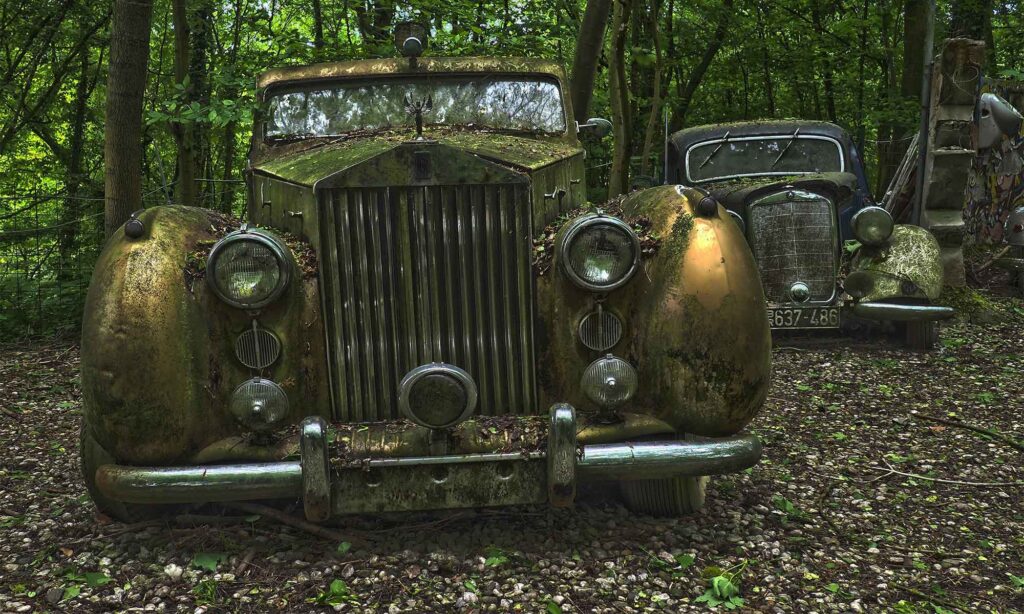
3. Improper Car Maintenance Practices
Improper car maintenance also plays a crucial role in the development of rust. Neglecting to address small paint chips, scratches, or dents can allow moisture to penetrate the metal surface. Additionally, if drainage systems within the vehicle are blocked, water can become trapped and lead to rust issues. Certain drivers, particularly those residing in coastal areas, face an increased challenge due to saltwater exposure from the sea, which can significantly compromise a vehicle’s integrity over time. Therefore, understanding these common causes is essential for vehicle owners to implement preventive measures against car rust.
The Importance of Preventive Measures
Preventing rust is a fundamental aspect of vehicle maintenance that significantly contributes to the longevity, safety, and aesthetics of a car. Over time, exposure to moisture, road salt, and environmental contaminants can lead to the development of rust on various parts of a vehicle, compromising its structural integrity and performance. Addressing rust issues after they arise can be costly, often requiring extensive repairs that involve replacing rusted components or even entire sections of the vehicle. In contrast, implementing preventive measures allows car owners to maintain their vehicles in optimal condition, thus avoiding substantial expenses associated with rust damage.
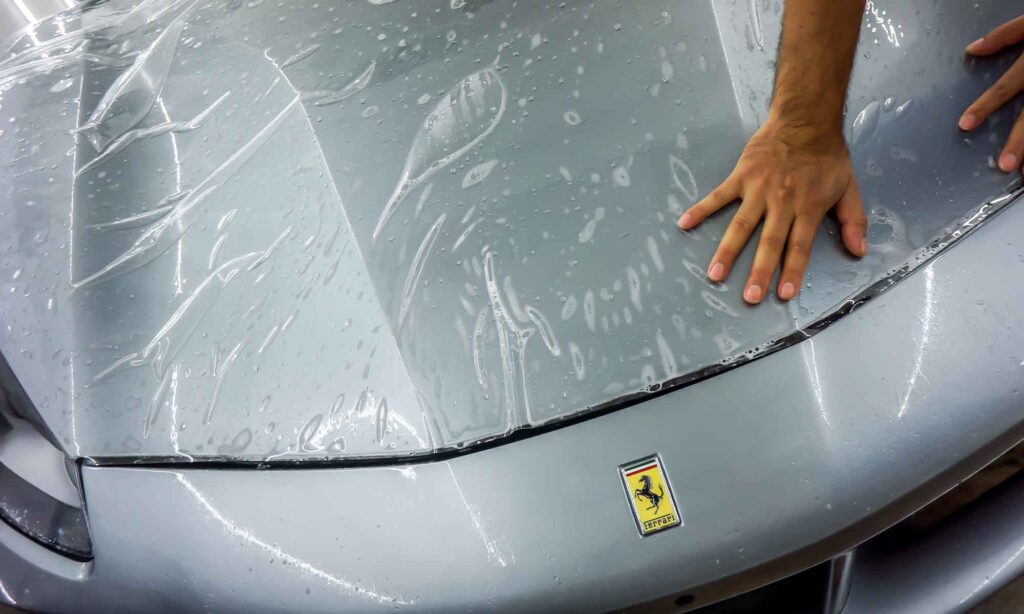
From an economic perspective, investing in rust prevention is a wise decision. The cost of routine maintenance that focuses on rust prevention is considerably lower than the expenses incurred from extensive repairs due to neglect. Regular washing, waxing, and application of protective coatings are examples of proactive steps that can help fend off rust. Additionally, taking these measures early on can preserve the resale value of the vehicle, making it a more attractive option for potential buyers in the future.
Beyond financial implications, preventing rust is crucial for ensuring safety on the road. Rust can weaken critical components, such as the frame and suspension systems, leading to potential vehicle failures that could endanger the driver and passengers. Furthermore, a rust-prone car may be more susceptible to accidents, as it can affect the vehicle’s handling and performance. Hence, car owners should prioritize preventive measures not only to protect their investment but also to ensure that they and the other people on the road remain safe.
Regular Washing and Waxing
Regular washing and waxing are essential practices in the maintenance of vehicles, particularly when it comes to preventing car rust. Dirt, grime, and road salt can accumulate on a vehicle’s surface, creating an environment conducive to rust formation. It is advisable to wash your car at least once every two weeks, or more frequently if you live in areas with harsh weather conditions or frequent exposure to road salt. This routine washing helps to remove these corrosive elements before they can cause damage to the car’s paint and underlying metal.
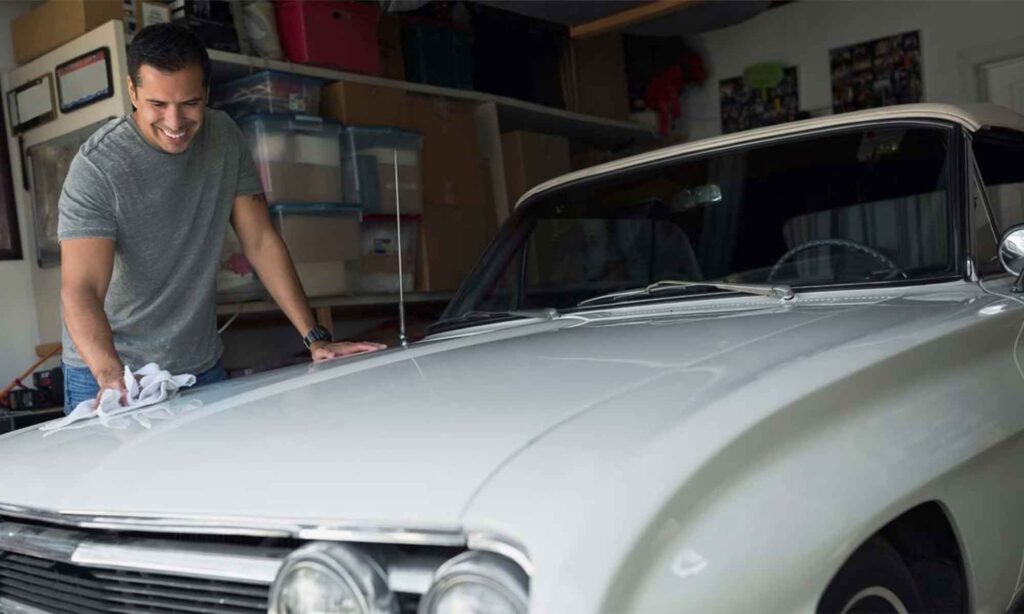
When washing your vehicle, it is important to use high-quality cleaning agents specifically formulated for automotive use. These products will effectively lift dirt and impurities without harming the paint. Avoid household cleaners, as they may contain harsh chemicals that strip the wax or damage the paint. Additionally, consider utilizing a two-bucket method for washing — one bucket for soapy water and another for rinsing your washing mitt. This technique reduces the likelihood of scratching the paint while ensuring an efficient wash.
In conjunction with regular washing, waxing your vehicle serves as a critical step in rust prevention. Applying a high-quality wax creates a protective barrier over the paint, helping to repel moisture and contaminants. It is typically recommended to wax your car every three months, or more often if it is frequently exposed to the elements. This not only enhances the car’s appearance but also prolongs the life of the paint, minimizing the risk of rust formation. By integrating these practices into your vehicle maintenance routine, you significantly lower the chances of rust, ensuring your car remains in optimal condition for years to come.
Applying Rust Protection Products
One of the most effective strategies for preventing car rust involves the utilization of specialized rust protection products. Among the most common products are undercoating, rust inhibitors, and sealants. Each of these serves to create a formidable barrier against moisture and corrosive elements that contribute to rust development.

Undercoating
Undercoating is typically a thick, rubberized material that is sprayed on the underside of a vehicle, providing a protective layer against road debris, salt, and other factors that can lead to rust. It is highly recommended to apply undercoating during the initial stages of vehicle ownership or right after purchasing a used car. This preventative measure can effectively extend the life span of a vehicle by protecting it from the corrosive effects of the environment.
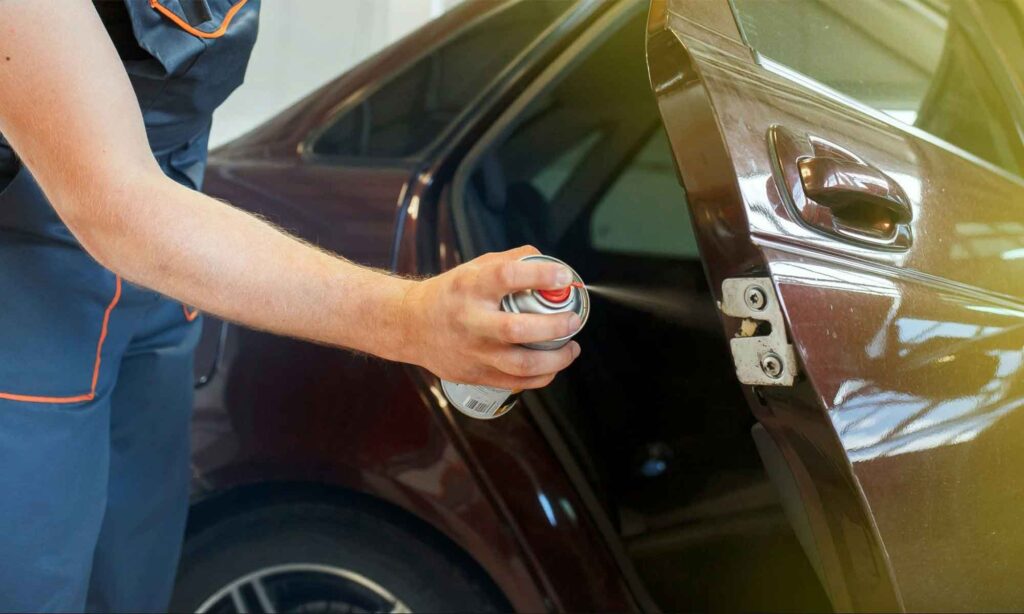
Rust Inhibitors
Rust inhibitors are chemical solutions designed to prevent and halt the spread of rust on metal surfaces. These products can be applied to newly exposed metal and areas where rust has already formed. Timing for application is crucial; it is best to apply rust inhibitors during regular maintenance checks or whenever minor scratches and abrasions are observed. This proactive approach can save vehicle owners from costly repairs in the future.
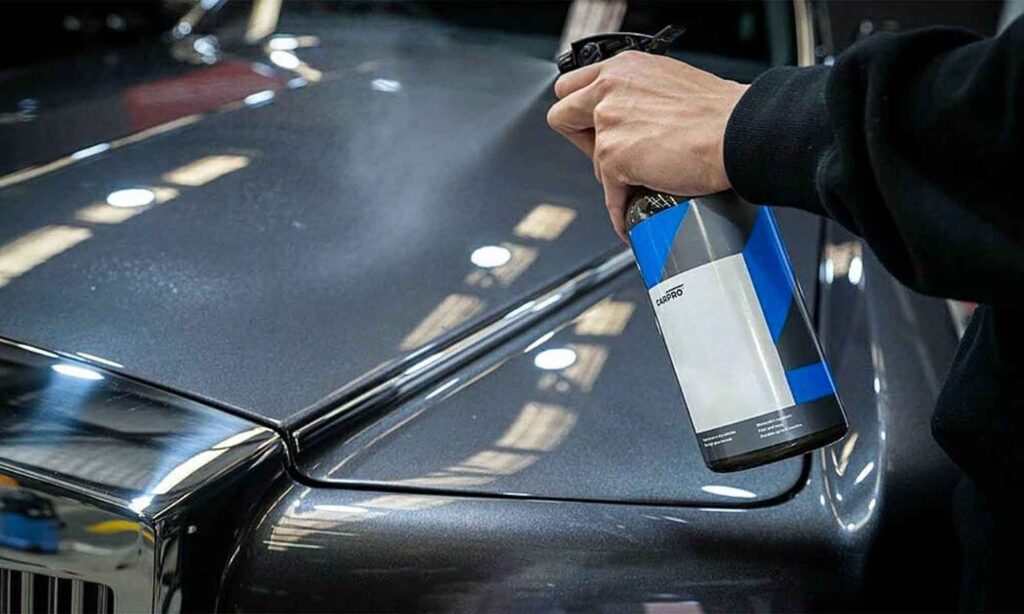
Sealants
Sealants, on the other hand, offer an additional layer of protection by creating a barrier between the vehicle’s surface and environmental contaminants. These products are ideal for areas prone to moisture retention, such as wheel wells and door sills. When applying sealants, either as a DIY project or through professional service, one must ensure that the surfaces are clean and dry for optimal adhesion.
Note: While DIY application of these products can be cost-effective, professional services often guarantee a thorough and proper application. Therefore, it is essential to weigh the benefits of doing it yourself, although one must also look towards the peace of mind that comes with professional expertise.
Regular Inspections and Maintenance
To effectively prevent car rust, implementing a strategy of regular inspections and maintenance is essential. Inspecting your vehicle routinely allows you to catch early signs of rust before they develop into larger issues. These inspections should focus on vulnerable areas such as the undercarriage, wheel wells, and the edges of doors and trunk lids, where moisture can accumulate and lead to corrosion.
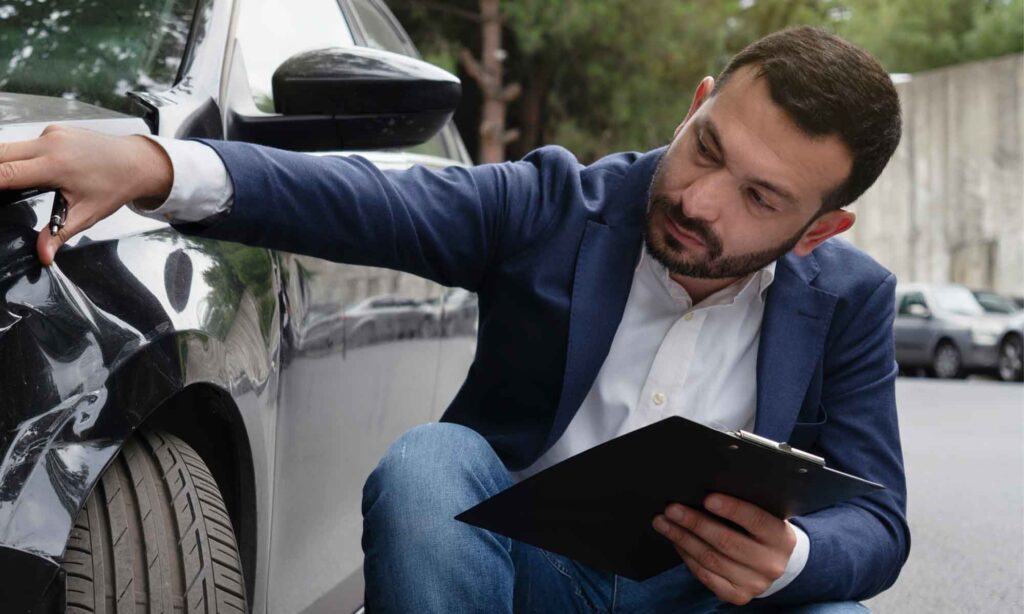
When conducting your inspections, pay close attention to any peeling paint, bubbling, or discoloration, as these can be early indicators of rust formation. Additionally, check for any scratches or dents that may expose the underlying metal to moisture. Addressing these minor imperfections promptly can prevent more extensive damage and costly repairs down the line.
Routine maintenance also plays a critical role in rust prevention. Regularly washing your vehicle helps eliminate dirt, grime, and road salt that can contribute to rust formation. It is advised to prioritize cleaning the undercarriage, particularly during winter months when salt is commonly used on roads. Moreover, waxing your car every few months provides an additional layer of protection against environmental elements.
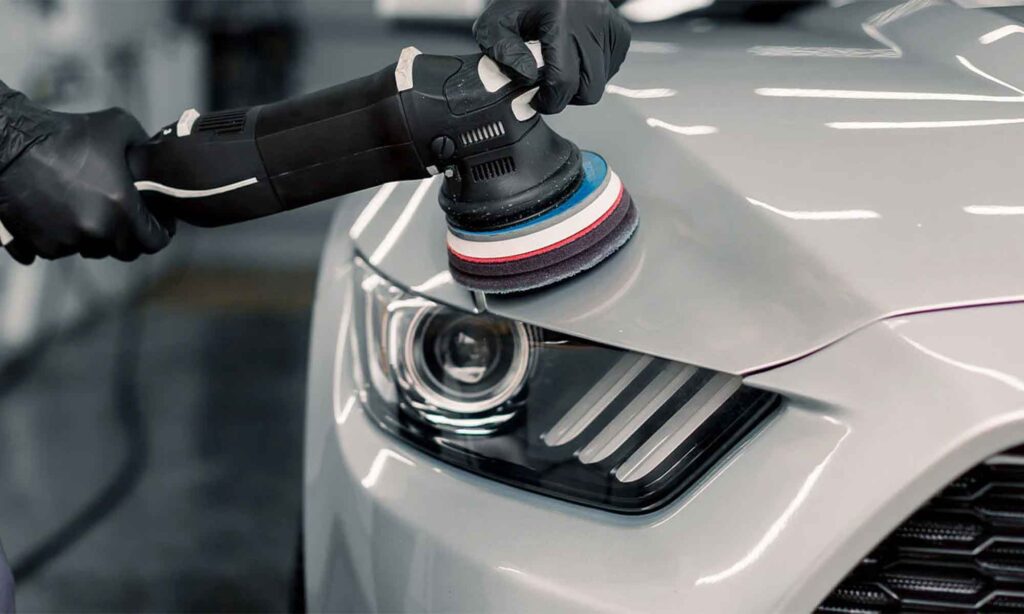
Utilizing professional services for preventative maintenance can enhance your vehicle’s longevity. Frequently scheduled inspections at an automotive garage can ensure that your car remains in optimal condition. Mechanics can identify rust-prone areas, recommend treatments, and apply protective coatings to shield against corrosion. By engaging in this level of upkeep, you demonstrate a commitment to maintaining the integrity of your vehicle.
Ultimately, regular inspections and diligent maintenance routines are key strategies in the fight against car rust. By staying proactive and addressing minor issues swiftly, you can significantly reduce the occurrence of rust and prolong the life of your vehicle.
Protecting Your Car’s Interior and Undercarriage
When considering rust prevention, it is crucial to recognize that both the interior and undercarriage of a vehicle can be susceptible to corrosion. The undercarriage, being in constant exposure to road salt, water, and debris, is particularly prone to developing rust, which can compromise the vehicle’s integrity and safety. Therefore, implementing effective protective measures for these areas is vital for prolonging the life of your vehicle.

Safeguarding the Interiors
One of the first strategies to prevent rust in the interior is the use of moisture absorbers. These devices, which can be placed in cabin areas such as under the seats or in the trunk, help to absorb excess humidity within the vehicle. The accumulation of moisture can lead to not only rust but also mildew and mold, which can further degrade the vehicle’s condition. Regularly changing or replenishing these absorbers will ensure ongoing protection against dampness.
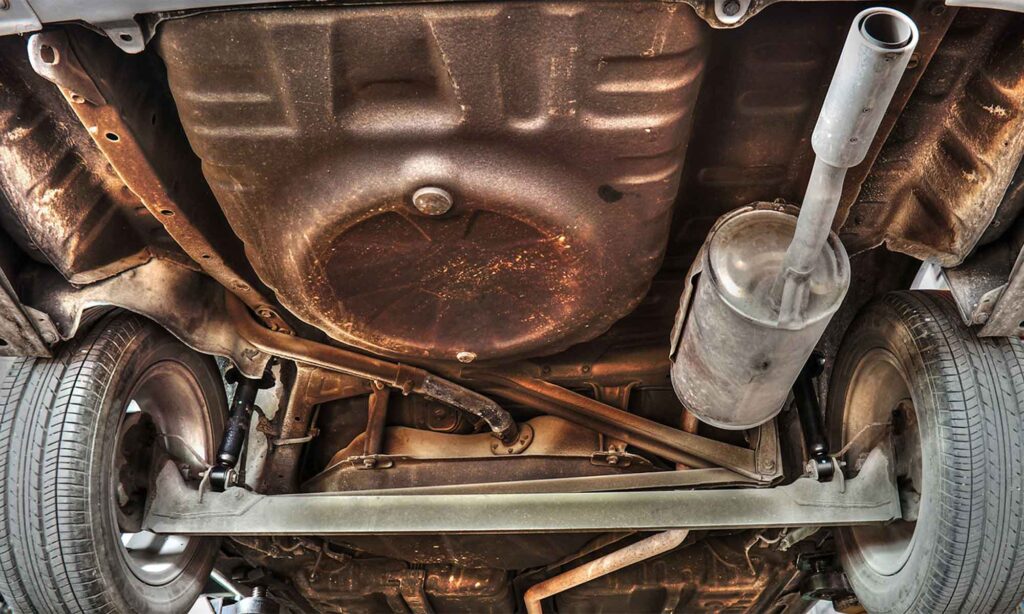
Safeguarding the Undercarriage
For the undercarriage, applying a protective coating is an efficient method of shielding this vulnerable area from rust. Products such as undercoating sprays or rust-inhibiting treatments can be used to form a barrier against moisture and corrosive elements. It is advisable to consult a professional for the application of these coatings to ensure complete coverage and effectiveness. Additionally, maintaining a regular inspection schedule of the undercarriage can help identify early signs of rust development, allowing for timely intervention before it escalates into a more severe rusting issue.
Consider integrating protective measures such as washing the undercarriage after driving in wet or salty conditions, as this helps to remove potential contaminants. Periodic inspections coupled with the use of moisture absorbers and protective coatings will go a long way in preserving the vehicle’s condition, safeguarding against rust accumulation, and ultimately extending its lifespan.
Dealing with Existing Rust Issues – Repair Options
When faced with existing rust on a vehicle, it is crucial to address it promptly to prevent further damage. Rust, if neglected, can lead to structural integrity issues and may even affect the vehicle’s safety. Therefore, early intervention is essential. Various methods are available for treating and repairing rust, depending on the severity of the problem.

Minor Rusting Issues
For minor rust spots, a do-it-yourself approach can be effective. Commonly required tools include sandpaper, a wire brush, and rust-inhibiting primer and paint. First, the affected area should be cleaned to remove dirt and grease. Then, using sandpaper or a wire brush, the rust should be sanded down until the bare metal is visible. After removing the rust, applying a rust-inhibiting primer will help to seal the metal and prevent future corrosion. Finally, finish the repair with matching paint to restore the vehicle’s appearance. This method is generally suitable for small, isolated patches of rust.
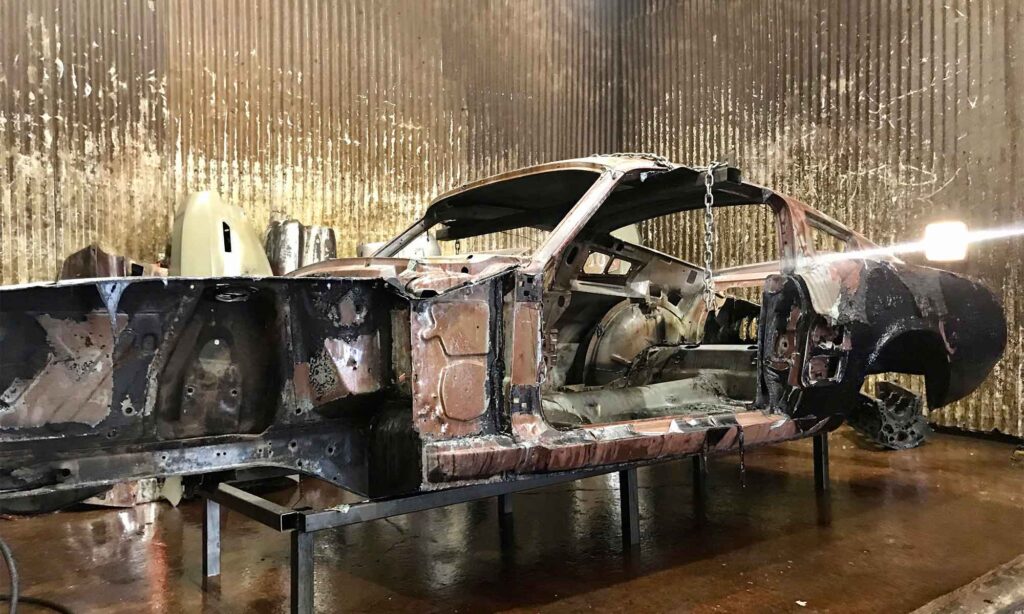
Severe Rusting Issues
For more extensive rust damage, professional assistance may be necessary. Body shops often have specialized tools and techniques such as media blasting or acid dipping that can effectively address larger areas of rust. They can also assess whether any underlying structure is compromised and recommend appropriate repairs. Moreover, professionals can ensure more thorough treatment, mitigating the risk of rust reappearing in the same area.
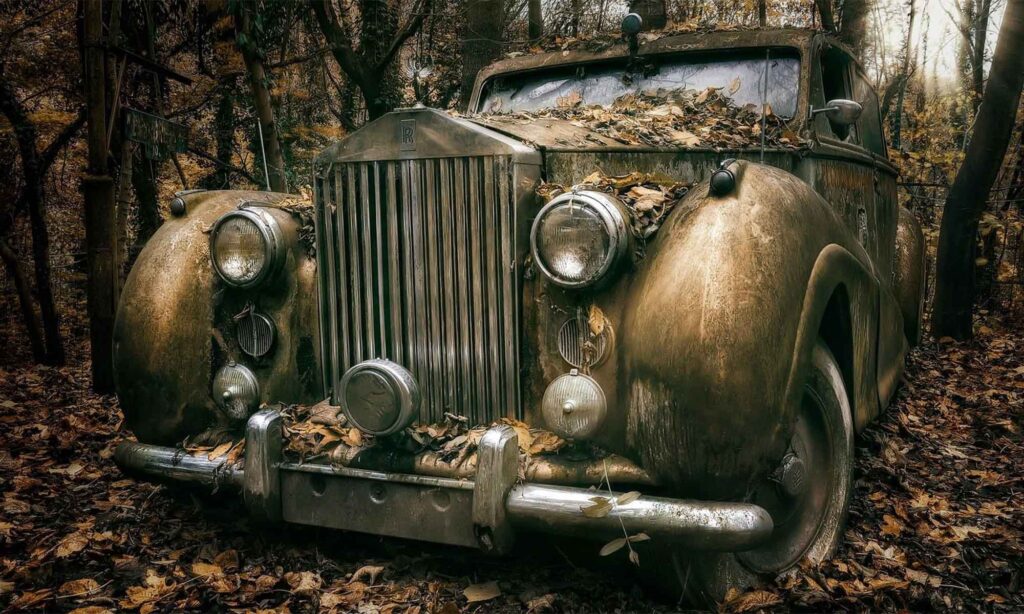
Negative Impacts of Ignoring Car Rust Issues
Ignoring existing rust can result in severe consequences. It may lead to holes in the body panels, compromising the safety and aesthetics of the vehicle. Furthermore, rust can adversely affect resale value, as potential buyers may view a rust-prone vehicle as a significant liability. Regular inspection and timely repairs are essential in maintaining a vehicle’s longevity and integrity.
Tips for Specific Environments and Conditions
Car rust is a significant concern for vehicle owners, and understanding how geographical and environmental factors influence rust formation is crucial.

Coastal Regions
For those living in coastal regions, where salt from the sea air can accelerate corrosion, regular washing of the vehicle is essential. Consider a thorough wash at least once a month, focusing on the undercarriage and wheel wells where salt may accumulate. Applying a protective wax coating can also create a barrier against saline moisture, further minimizing rust formation.

Snowfall Prone Regions
Residents in snowy climates face additional challenges due to road treatments with salt and other de-icing chemicals. Owners are advised to wash their cars frequently during winter months, ideally every two to three weeks, to eliminate the build-up of salt and grime. Investing in rubber floor mats can aid in trapping the moisture that enters the vehicle, preventing it from causing rust on the floorboards. Moreover, consider the application of an undercoating, which helps protect the vehicle’s undercarriage from salt damage.
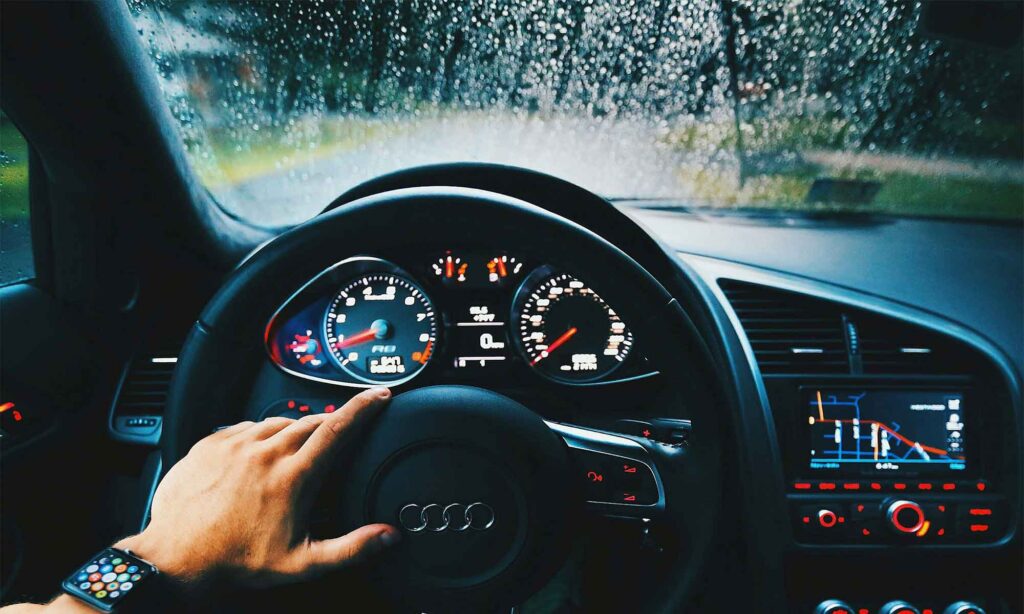
Humid Regions
In humid areas, where moisture in the air contributes to rust development, keeping the vehicle in a garage or covered structure can significantly reduce exposure to humidity. Furthermore, utilizing a dehumidifier in the garage can create a drier environment for the vehicle. Regularly checking for scratches and chips in the paintwork and promptly repairing any damage can help prevent rust from forming. Lastly, utilizing a breathable car cover can protect against moisture while preventing the build-up of mildew and rust.
By considering these tailored strategies for specific environments, car owners can actively reduce rust risks and maintain their vehicle’s integrity over time.
